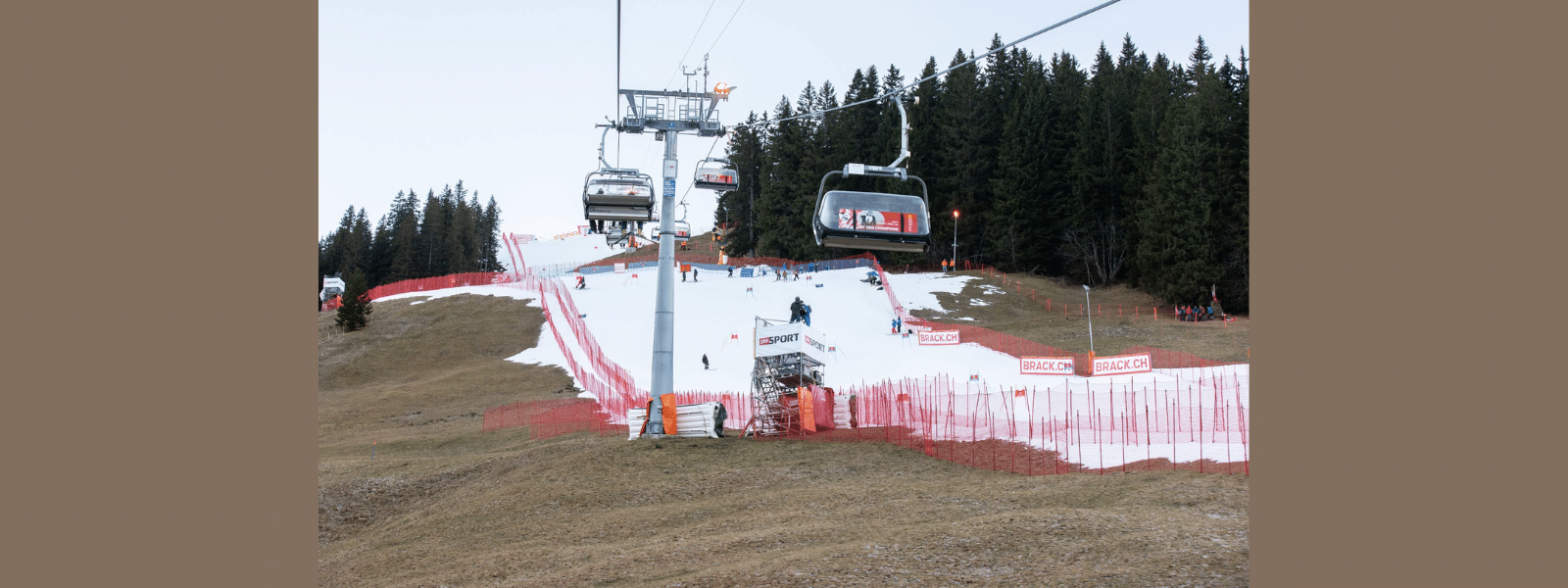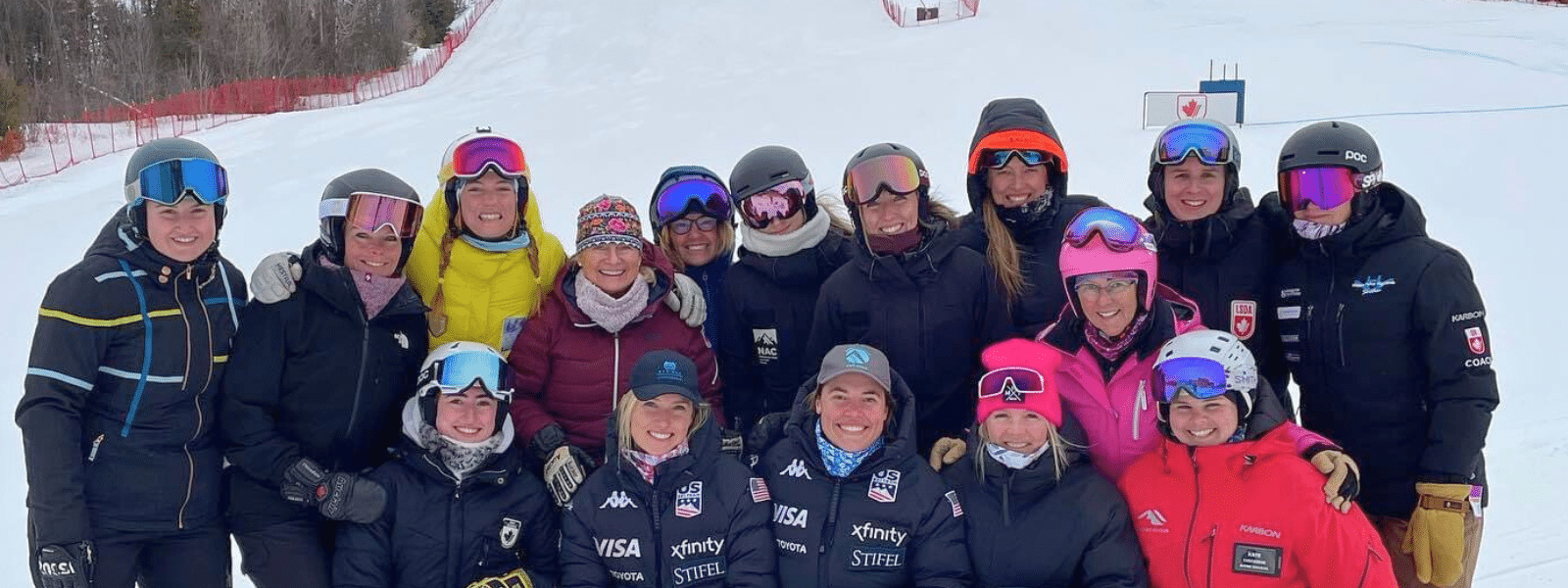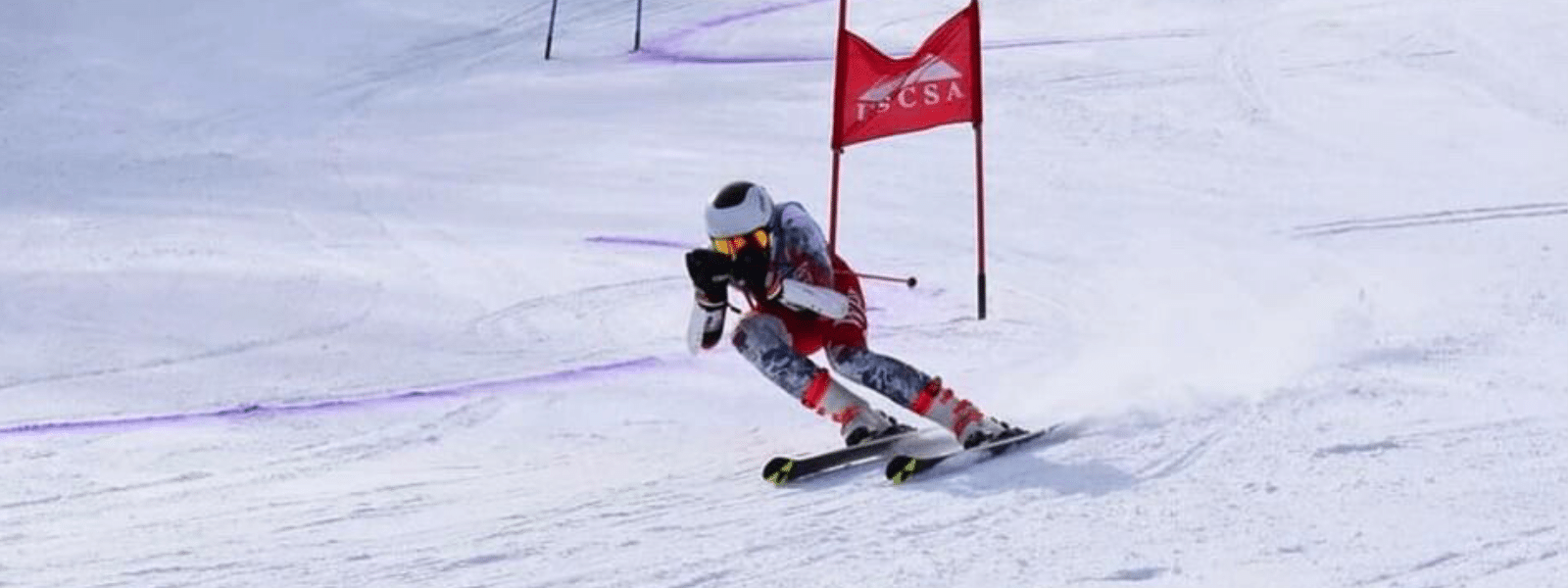Self-Reflection as a Tool for Success
I recently found my ski racing journals from when I was a U16 all the way up to my years on the US Ski Team. I sat at my kitchen table perusing the entries from over 40 years ago. Hilarious! And albeit little embarrassing, but so much fun to read. It brought me back to a time when my only worry was to go as fast as possible and work hard.
Although each entry made me chuckle, I could tell the journal was a valuable tool for me as I pursued my dream of becoming an Olympian and one of the fastest ski racers in the world. Without any prompting, I wrote about goals, failures, distractions, equipment, teammates, cello lessons, life lessons, what I ate, workouts, and, of course, girls! As a 15-year-old, I wrote mostly about goals, with an intent focus on winning and losing. By age 20, I had broadened my narrative to record training sessions, tuning, nutrition, family, and thoughts on everything, including doubts about if I was ever going to make it. What follows is a variety of entries that highlight the naive, simplistic, and at times, the unrealistic mind of a 15-year-old boy with a ski racing dream.
January 5th, 1979: A Teenager at GMVS

I was the kind of person who got super nervous as a junior racer. Inevitably, I would have a stomach ache all morning before I got on the hill. Once on the hill though, my mind switched to what I needed to do in order to ski as fast as possible and my stomach quieted down.
Looks like I actually worked on my skis, which I always hated and still hate. For that, a huge thank you to the USST ski technicians who tuned my skis for me! Reading this entry, I had flashbacks to working on my skis in the GMVS Dorm basement with my buddies – no ventilation and cutting our fingers and hands nightly on our super sharp edges!
For younger racers, the “plastic poles” I write about are the first-ever rapid gates with a hinge that were brand new at the time. They were the coolest things since plastic boots came out!
January 7th, 1979: “Hell Bent For Mustard Sauce”

Although it was race day, I start out with the fact that I kissed my girlfriend “in the open” and it was “excellent”. I’m fairly sure the next remark, “I did pretty good” is actually referring to my results that day, and not the kiss. Although for Cristina’s sake, I hope I did okay in the kissing department too.
Early on in my journal entries, there was a big focus on results – points and places. These were the things that you boasted about to friends and parents (and the things kids now Instagram out from the finish corral). In the long run, those early results don’t mean much of anything. But at that age, we would live and die by our weekly results. Like many others, I learned much too late that this is a waste of energy.
The good news is that I focused on the positive feedback I received from my Coaches and then translated that into what I needed to do to win. And of course, you always need an effective cue word for the starting gate. Who knew mustard sauce could be so inspiring!
January 20th- 21st, 1979: I Need to Qualify Out

As a 15-year-old in Vermont in 1979, the goal was to win a Granite Cup race which automatically moved you up to Nor-Ams. So that was my one and only goal. And every weekend, despite starting in the 70s with realistically no chance of winning, I actually believed I could win. I was ever the optimist (or dreamer) – and still am today.
Two races and two different outcomes. On Saturday I did quite well, defined solely by beating the great Jesse Hunt. Sunday though was a different story, but I loved that I “tried as hard as I could”. After races, I often loved to draw my courses in the journal. I drew sections and entire courses, from U14 all the way to the World Cup.
February 3rd, 1979: Forerunning for the U.S. Ski Team

For one week I knew I was going to forerun a NorAm where the U.S. Ski Team would be racing at Sugarbush, my home mountain. It was my first chance to test myself against the very racers I wanted to be. I remember working super hard that week and treating it like it was a World Cup race. In the end, I was six seconds out but wasn’t really sure how to feel about it. The result was decent for a 15-year-old, but ultimately pretty far off the pace of the World Cup guys. On the other hand, I really thought I could win, always setting my goals high. Here is where I ponder whether I am really on track or just spinning my wheels.
And of course, I had to speak to Cary Adgate and it was “no big deal”. Despite playing it cool, my heroes always played a huge role in my career. Whether it was Adgate, the Mahres, Franz Klammer, or Tamara Mckinney, they showed me the path and I followed and learned as much as I could from them.
June 26th, 1980: First USST Camp in Squaw

Just a year later my journaling starts to get a little better with more information, technical thoughts, scheduling, and planning as well as fitness entries.
I remember this camp very well as it was my first camp with the U.S. Ski Team. Not only were there USST coaches there, but the best of the best were invited to participate, and they were only going to take the top five to the next camp in New Zealand.
Mentally I was riding that line between wanting to win so bad and trying to focus on learning and progressing each and every day. It was important for me to keep that dream goal shining bright, but also focus on the day to day on what I needed to do to become better and faster.
This was also the first camp where I met racers from around the country. The guys seemed so different from me on the outside, but I soon found out were all the same on the inside – super competitive with a love for the sport of skiing. Fellow campers that week became the people who shaped my world, and many became my best friends – Mike Brown, Alan Lauba, Mike Farney, Andy Luhn, Doug Powell, and the infamous Bill Johnson.

In hindsight, here are all the things my journal did for me:
Kept Me Focused On My Goals
I had big dreams and by writing them down in my journal they became real. I had to face them every day and that kept me working and going forward, even if I had bad day, after bad day. When things outside of my goals took energy and time away, I could see it on the page and bring my focus back to what was important to me.
Kept Me Positive
It was always a great day if I could write down something good. Whether it was a great result in a race or simply the fact that I worked on my skis, if something good happened I went to sleep feeling positive. Ski racing is a sport full of disappointment and struggle, but if you can write down something good each day, it gives you hope.
Tracked My Progress
A big thing for me was my physical fitness. I was constantly trying to get bigger and stronger. With my journal, I could track my improvement in the gym and on the bathroom scale. My journals in the off-season were filled with numbers and reps and weights and scores and how big I was getting.
Managed My Anxiety
As a young ski racer, I was one of those kids who got a stomach ache before each race. I was so focused on results, I would make myself sick. By writing down and focusing on the process instead of focusing solely on the outcome, I could put my energy into something healthy and productive, instead of my gut. My journal gave me an outlet. I could leave my nerves and anxiety on the pages and not bring it with me to the starting gate.
Kept Me Disciplined
Champions love doing the hard stuff. Actually, for champions, there is no hard stuff, it is just the stuff you need to do to achieve your dreams. Journaling just becomes one of the many things a champion does to keep moving forward and closer to their ultimate goals. Discipline in every part of my life – from journaling to my morning run – all fed off of each other and each became easier every day.
Journaling is a valuable and simple tool for athletes from U10s to Masters racers. It can be done daily and/or weekly. Although it is a relatively easy thing to do, unfortunately, not many athletes do it. For the younger athletes (U12-U16), all it takes is a little help from their coaches. Having coaches sit with their group for just 5-10 minutes at the end of the training day will work wonders. This will help the younger athletes get focused and ensure more effective training sessions. They can write down simple things like their focus, what they did, what was the most fun, and what was the most challenging. And for the older athletes, journaling can be supported and encouraged daily by every person involved in their development from coaches to trainers to teachers.
At ELITEAM, we journal every night with the campers, trying to plant that seed early. Whether it is a simple list of things we did or a thought about how they felt struggling to learn a new move, it is building a healthy habit they can take forward into ski racing or school or another sport.
At the very least, a journal can be a tool to help remember stats, lists, names, exercises, drills, schedules and results. It can serve as a library of information to make daily plans, training, and day to day decisions easier and more effective.
At its best, a journal can be the light that illuminates not only the positive and healthy things that are helping athletes become better and better but also the negative traps that are constantly trying to bring them down and steer them away from their goals. And ultimately, it can be the glue that keeps everything cohesive and together in terms of what you need to reach your ultimate goals.
Whether or not you make it to the U.S. Ski Team, your journals will make great reading 40 years down the road!





















